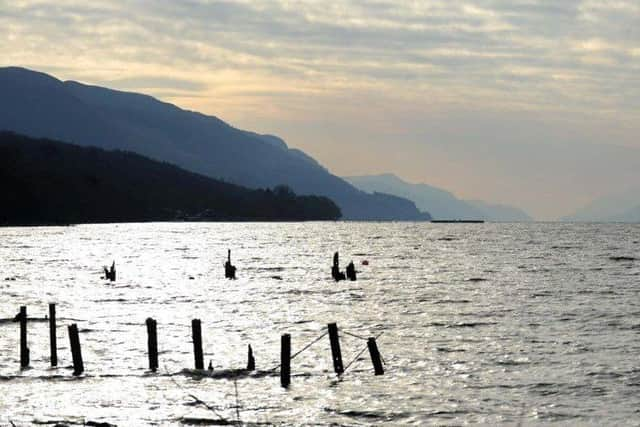Loch Ness hydro scheme plans fail to assess impact on wild salmon populations, trust warns
The plans for new hydro power stations on Loch Ness have failed to assess the development’s impact on wild fish in the area, a trust has said.
An application has been lodged to build a new 600MW pumped storage scheme using the existing Loch Kemp as the upper storage reservoir and Loch Ness as the lower reservoir.
Advertisement
Hide AdAdvertisement
Hide AdAccording to the plans, Loch Kemp would be raised by about 28m from its existing 177m and would see four new saddle dams and four minor cut off dams around it. Meanwhile a new powerhouse would be built on the shore of Loch Ness.


The Atlantic Salmon Trust said the project, known as ‘Loch Kemp storage’, has “failed to properly assess the development’s impact on endangered wild Atlantic salmon”.
Noise and vibration during construction, and sensitive spawning and migration periods for fish being disrupted by the works, are some of the concerns raised in the trust’s official response to the planning application.
A spokesperson for the trust said: “The species is already under considerable pressure in the Ness catchment and the development must not proceed without far more robust surveying of the potential impacts on the species and more stringent safeguards and mitigation measures in place.”
The Loch Kemp Storage scheme is being built by Statera Energy.
David Rodger, the company’s business development director for Scotland, said: “We believe that in close co-operation with other stakeholders, our Loch Kemp project can be a very important development for the highlands and for Loch Ness.
"Alongside other renewable energy projects and environmental initiatives, our project could actually help to abate some of the symptoms and impacts of climate change, which is the most serious threat to bio-diversity, including salmon, and the natural environment.
"Statera has held public consultation events and undertaken extensive environmental and other assessments in relation to the project, which was submitted for planning approval in December 2023, and we continue to work closely with Loch Kemp local stakeholders.”
Advertisement
Hide AdAdvertisement
Hide AdThe trust’s comments come after campaigners pushed back against the plans last month, saying they would be a disaster for wild fish populations in the area.
The Ness District Salmon Fishery Board (NDSFB) called for an immediate moratorium after the planning application was put forward and launched a campaign in response to the proposed development.
NDSFB director Brian Shaw said the board was keen to make sure everyone in the area was “fully aware of the risks involved” in the proposed plans. He said the schemes would cause “dramatic fluctuations in water levels that will play havoc with the shoreline ecology” and could potentially raise the temperature of Loch Ness.
NDSFB members have previously said they were not against pump storage hydro per se, but that any such schemes should only be developed in areas where environmental and societal risks were lower.
Industry body Scottish Renewables said pumped storage was an important tool in decarbonising the electricity grid. Pumped hydro works when excess power on the grid is used to pump water from a lower reservoir to an upper, holding reservoir.
When the electricity is needed, the water passes through turbines while travelling back down to the lower reservoir, generating power.
Comments
Want to join the conversation? Please or to comment on this article.